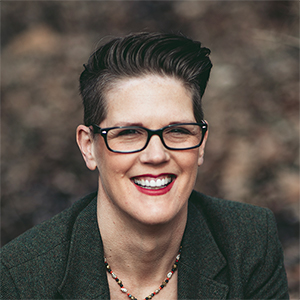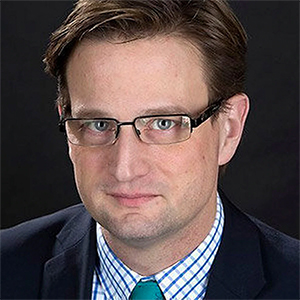Commentary: How postsecondary opportunities for students are changing for the better
Published in Op Eds
Americans are losing faith in higher education. Nearly half of adults believe a college degree is less important to get a well-paying job than it was 20 years ago, and only a quarter believe a four-year degree is a very important part of getting a job that pays well.
The question of value is front and center for policymakers across the country and in Washington.
For too long, postsecondary education programs have been focused on too many aspects not related to student success. We’ve encouraged enrollment without as much concern for whether students are completing or getting the most value out of the program. That’s no longer good enough. Students deserve programs that lead to meaningful, high-wage employment, and taxpayers deserve accountability for the billions they invest each year.
Governors and policymakers must prioritize rethinking postsecondary resources to answer an important question: Is our system creating real value for students?
Fortunately, a growing number of states are embracing student-centered reforms that align educational opportunities with economic mobility. Their efforts are pointing the way toward a smarter, more transparent model of postsecondary education that prioritizes outcomes over inputs.
For example, Arkansas conducted a comprehensive return-on-investment analysis of every associate and bachelor’s degree program in the state, assessing whether they help students earn more than they would with only a high school diploma. It’s a simple benchmark that will be at the heart of every state’s postsecondary strategy under the recently passed federal budget reconciliation bill, which will require states to measure graduates’ median income four years after program completion and may result in decreased federal funding if earnings fall below a certain level. Now is the perfect time for states to innovate and customize even further using state funds to incentivize change.
Florida has taken that one step further with its “money-back guarantee” for workforce education programs. If a graduate can’t get a job within six months, the college refunds their tuition. That approach gives students peace of mind and creates a powerful incentive for institutions to focus on offering programs that have value and are continually updated to reflect an alignment with the skills and expectations of employers. For example, technology moves at a much faster pace than schools, so this requirement gives an incentive for schools to keep a pulse on what’s shifted from “new” to “required to be successful” in a field.
A promising development is happening in Texas, where a new funding formula for community colleges links all state funding to a student’s completion of a degree or certificate, with significantly higher bonuses for success in high-demand fields and with higher-need students. This ensures taxpayer investment is aligned with whether students finish and find meaningful employment instead of just the number of students enrolled in the program.
Some states are leveraging other strategies to support completion. Tennessee’s “Tennessee Promise” provides last-dollar scholarships and intensive mentoring to help more students complete associate degrees or technical certificates without debt. Colorado recently issued a bold executive order to reimagine the future of postsecondary talent development. It codifies years of stakeholder engagement and data analysis to translate recommendations into actions. Utah has developed stackable credential programs that allow learners to build toward a degree over time while working, helping them earn and learn without starting over.
As states seek to create more opportunities for students to capitalize on education, it’s important to make sure these programs are accomplishing what they set out to perform. Right now, many states don’t know if they have underenrolled or lower-performing programs. Analyzing the existing landscape is the first step in preventing those programs from becoming the norm.
In Indiana, colleges and universities, following legislative action earlier in the year, recently announced they will merge or sunset more than 400 underenrolled programs they say offer limited payoff in the labor market. This kind of data-informed decision-making sends the message that public colleges should focus their resources on offerings that give students a real shot at success after graduation.
At the heart of all these reforms is a shared understanding that postsecondary education should be a launchpad, not a dead end. Degrees and credentials should equip students with the tools they need to thrive in a dynamic economy. That means making tough choices about which programs to support, giving students the information they need to choose wisely while rewarding institutions where students achieve actual post-graduation success in employment, enlistment or enrollment.
Affordability remains a top concern as families plan for the future. But reducing costs without increasing value is a hollow victory. States must make education more affordable and ensure that students are enrolled in programs that prepare them for tomorrow’s job market.
Policymakers in Washington are focusing on these issues, but state lawmakers can also take action. They have the tools, and many are already leading the way. By focusing on affordability, transparency and measurable outcomes, state leaders can reshape higher education into a system that works better for students, families and taxpayers alike.
The way we’ve historically approached higher education isn’t getting enough Americans where they need to be, so let’s build state postsecondary systems that deliver real value and help every student access an education that pays off.
_____
Jeb Bush was governor of Florida from 1999 to 2007. He is the founder and chair of ExcelinEd.
_____
©2025 Chicago Tribune. Visit at chicagotribune.com. Distributed by Tribune Content Agency, LLC.

























































Comments